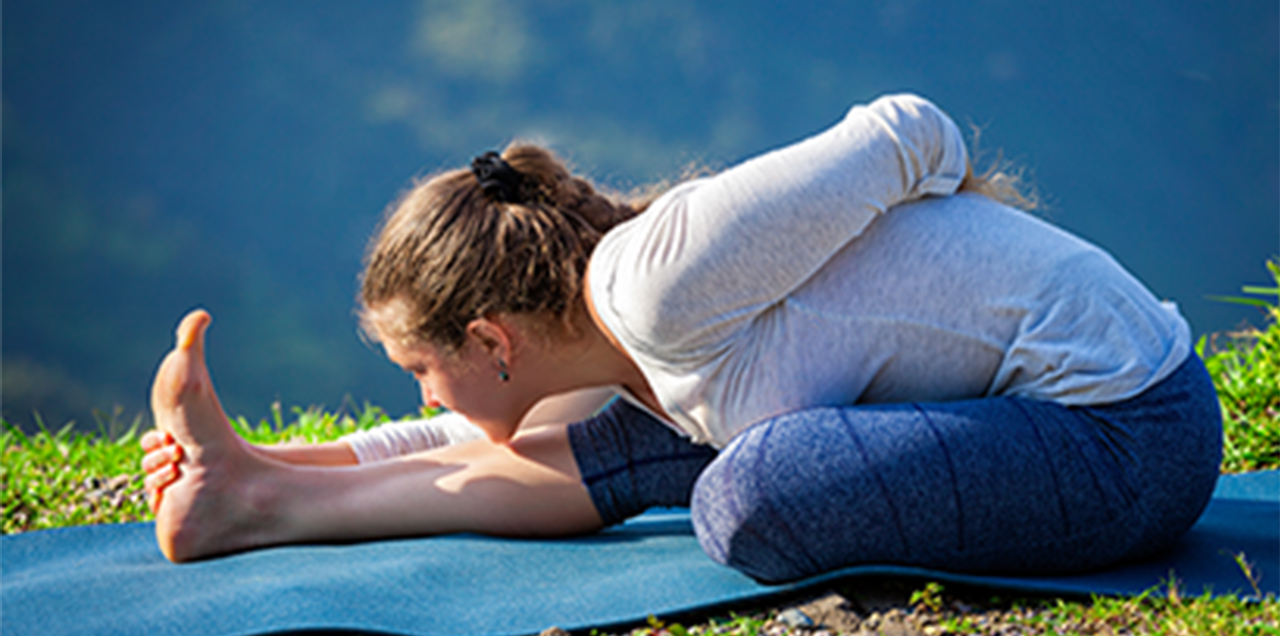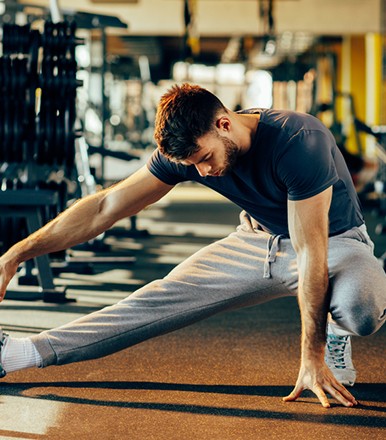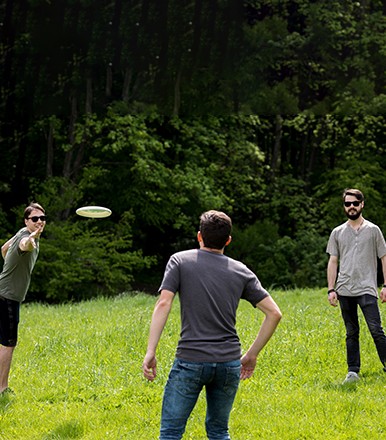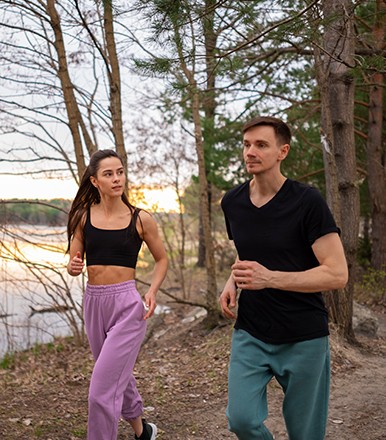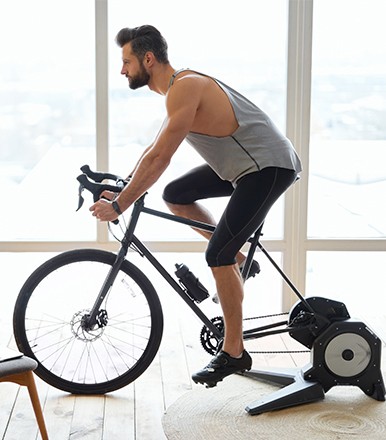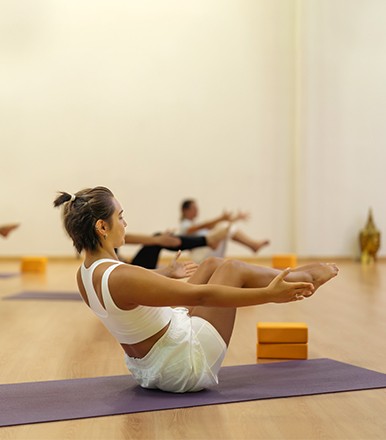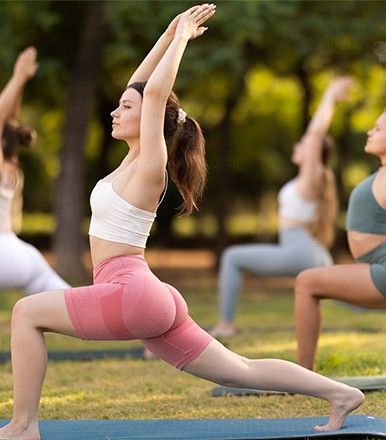Back pain remains one of the most common health complaints worldwide. Many sufferers turn to medication or expensive treatments, often overlooking yoga as an effective, evidence-backed solution. This article outlines a practical approach to using yoga for back pain relief, focusing on accessible poses and a simple routine anyone can practice at home.
Why Yoga Helps Sore Backs
Research from major medical institutions suggests several reasons yoga effectively addresses back pain:
Most back issues stem from muscle imbalances—with some muscles excessively tight while others remain underdeveloped. Yoga uniquely addresses both problems simultaneously. Tight hamstrings, for instance, often pull on the lower back, creating persistent discomfort.
Modern lifestyle habits negatively impact posture. Hours spent hunched over digital devices place unnatural pressure on spines not evolved for such positions. Specific yoga poses effectively counteract these problematic postures.
Perhaps less obvious but equally important: stress significantly worsens back pain through muscle tension. The breathing techniques integral to yoga practice physically relax those tightened muscles.
Clinical studies tracking patients over 12-week periods show significant improvements in both pain levels and functional mobility compared to standard care alone.
Seven Effective Poses for Back Relief
1. Cat-Cow Flow
This gentle movement serves as an excellent warm-up for the spine.
Technique:
Position on hands and knees, wrists below shoulders
Inhale: drop belly toward floor, gently raise head
Exhale: round spine upward, tuck chin
Move slowly between positions about 8-10 times
This movement helps distribute synovial fluid between vertebrae, essentially lubricating joints that stiffen with inactivity.
2. Child's Pose
While often considered merely a resting position, this pose provides therapeutic spinal elongation.
Technique:
Kneel with big toes together, knees apart
Sit back toward heels
Extend arms forward or alongside body
Rest forehead on floor
Hold for 30-60 seconds
This position gently lengthens the spine while allowing gravity to create traction between vertebral segments.
3. Downward-Facing Dog
This standard yoga pose offers remarkable benefits for back health.
Technique:
Begin on hands and knees
Lift hips upward and back
Create an inverted V-shape
Press hands firmly into floor
Keep slight knee bend if needed
Hold 30-60 seconds
The position decompresses the spine while stretching multiple muscle groups simultaneously. Many practitioners report immediate relief from back tension after holding this pose.
4. Sphinx Pose
This gentle backbend strengthens crucial muscles while applying therapeutic pressure.
Technique:
Lie face down, legs extended
Position forearms on floor, elbows under shoulders
Press forearms down, lifting upper chest
Keep lower body relaxed
Hold 30-60 seconds
The pose particularly benefits the lumbar region, strengthening supportive muscles while maintaining the spine's natural curve.
5. Gentle Spinal Twist
Rotational movements release tension along different planes than forward or backward bends.
Technique:
Lie on back, knees bent
Arms extended in T-position
Lower knees to one side
Keep shoulders grounded
Hold 30-60 seconds each side
This movement releases tension between vertebral segments and stretches oblique muscles that can contribute to back discomfort.
6. Bridge Pose
This position specifically targets muscles that stabilize and support the spine.
Technique:
Lie on back, knees bent, feet flat
Position arms alongside body
Press through feet to lift hips
Maintain parallel thighs
Hold 30-60 seconds, lower slowly
The pose strengthens gluteal muscles and hamstrings while activating deep core stabilizers often weakened by sedentary lifestyles.
7. Legs-Up-The-Wall
This restorative position offers profound relief through gentle inversion.
Technique:
Sit with one hip against wall
Swing legs up as torso reclines
Position buttocks near wall
Rest with arms at sides
Remain 3-5 minutes
The pose effectively relieves pressure on the lumbar spine while promoting circulation and reducing inflammation.
15-Minute Home Routine
This compact routine systematically addresses spinal health through complementary movements:
Cat-Cow Flow: 1 minute
Downward-Facing Dog: 1 minute
Child's Pose: 1 minute
Sphinx Pose: 1 minute
Bridge Pose: 1 minute
Gentle Twist: 1 minute each side
Legs-Up-The-Wall: 5 minutes
The sequence integrates various movement patterns—flexion, extension, and rotation—before concluding with restorative positioning. Morning practice prepares the back for daily activities, while evening sessions help release accumulated tension.
For maximum benefit, practice 3-4 times weekly. Consistency delivers better results than occasional longer sessions.
Safety Considerations
While generally beneficial, yoga requires certain precautions for back pain sufferers:
Key safety guidelines:
Move deliberately, particularly during transitions
Prioritize proper alignment over depth
Maintain steady breathing throughout
Utilize props for support when needed
Distinguish between beneficial stretch and pain
Build intensity gradually
Medical consultation becomes advisable with:
Recent back injuries
Post-surgical recovery
Diagnosed disc issues or structural abnormalities
Symptoms radiating into limbs
Bone density concerns
Pregnancy, especially with existing back problems
Beginners should ideally learn proper technique from qualified instructors before establishing independent practice.
Frequently Asked Questions
1. Q: How soon might improvement occur?
A: Initial relief often follows the first few sessions, though significant improvement typically requires 4-6 weeks of regular practice. Results vary based on pain source and severity.
2. Q: Is post-practice soreness normal?
A: Mild muscle tenderness lasting 24-48 hours indicates normal adaptation to new movement patterns. Sharp or persistent pain suggests the need for modified approaches.
3. Q: What's the optimal practice frequency?
A: For chronic issues, aim for 3-4 weekly sessions. Brief daily practice often proves more effective than infrequent longer sessions.
4. Q: Can yoga complement other treatments?
A: Yes, yoga works well alongside physical therapy, appropriate massage, and conventional medical approaches. Healthcare providers can offer guidance specific to individual conditions.
5. Q: Should practice continue after pain resolves?
A: Continued maintenance prevents recurrence by addressing underlying postural issues and muscle imbalances. Most practitioners benefit from ongoing practice 2-3 times weekly.
Conclusion
Yoga offers an evidence-based approach to back pain management through targeted movement, strengthening, and mindful relaxation. The outlined poses and routine establish a practical foundation for spinal health that requires minimal equipment and modest time investment.
Check out Hello Fitness Magazine. There is never a wrong time to go on a fitness quest. Contact us and allow us to assist you in leading a better lifestyle. Follow us on Instagram. We share the best Health & Fitness related Articles for information based on healthy eating, health and fitness recommendations, health problems and their solutions, human body fitness, and much more.




